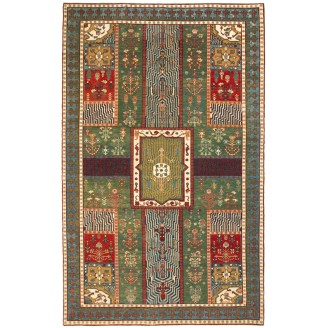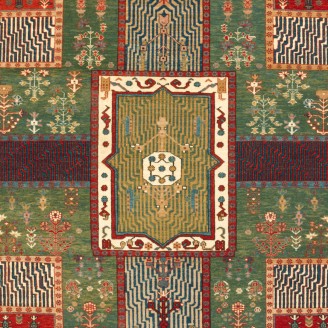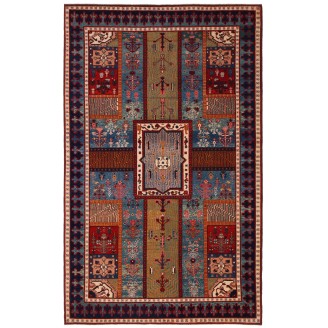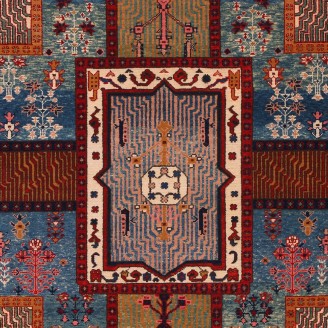Garden Rug
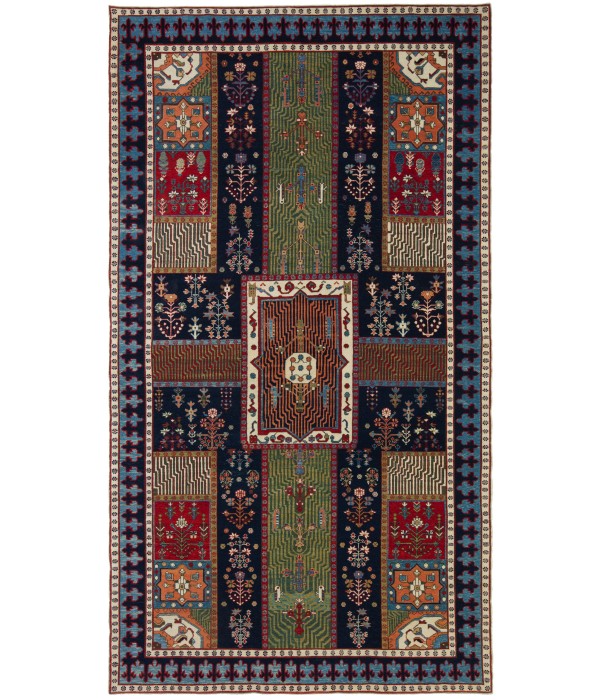
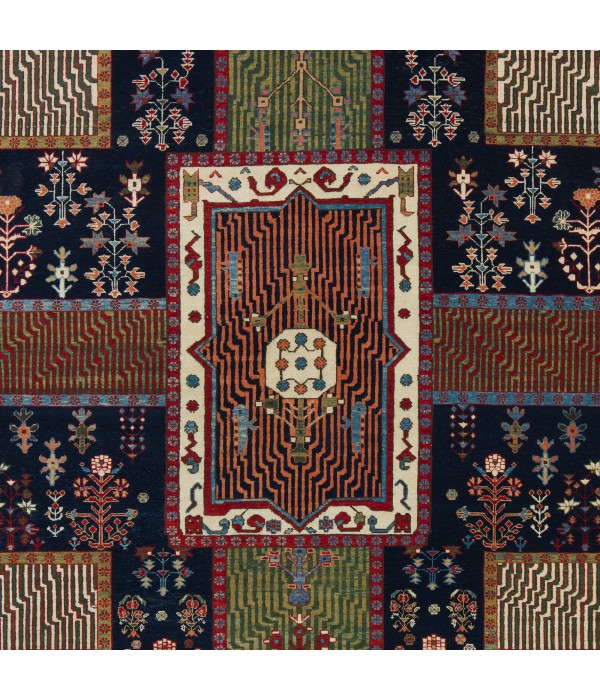
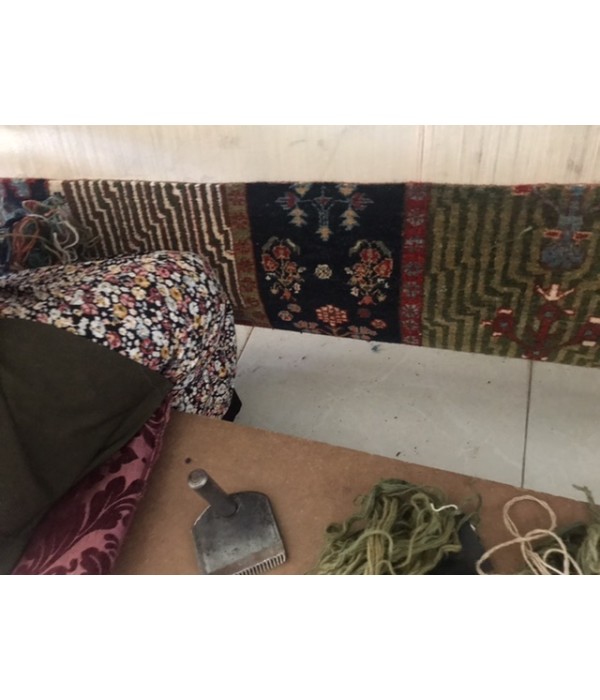
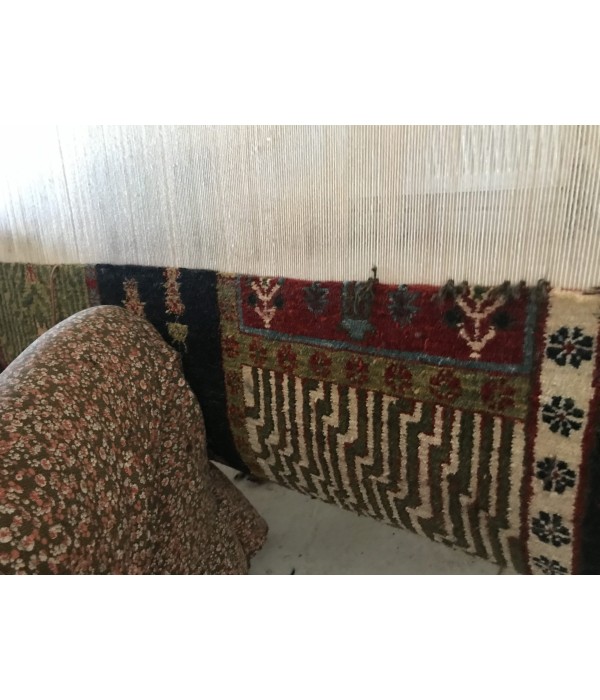
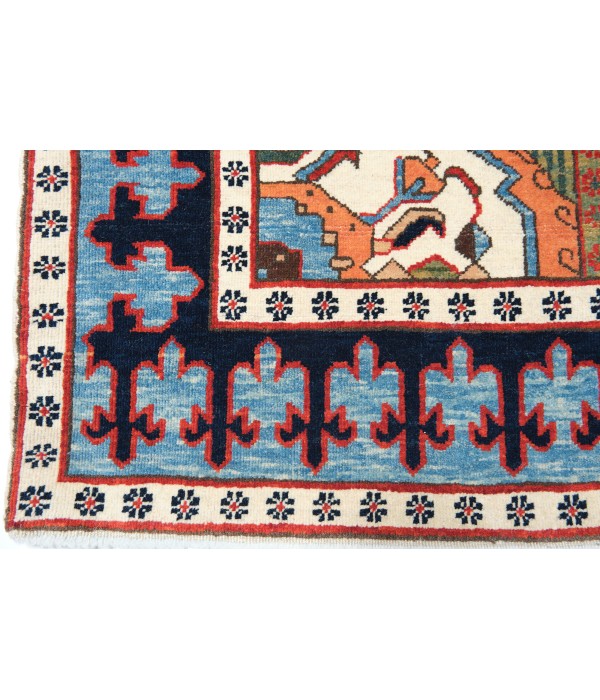
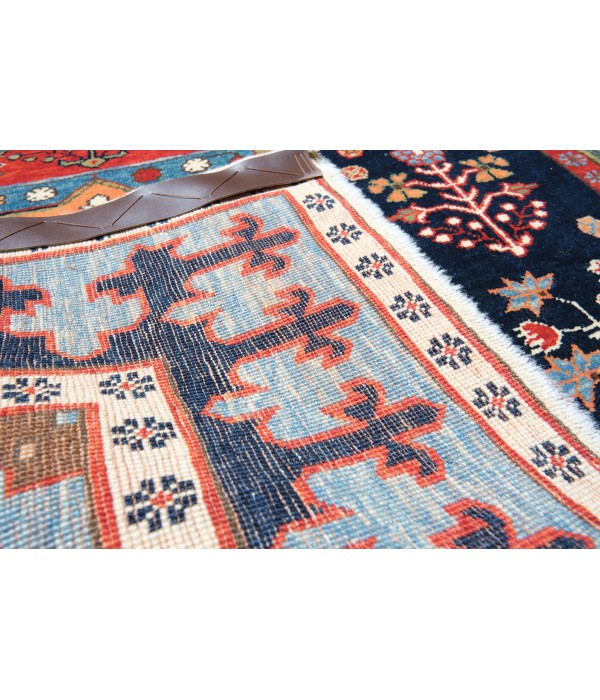
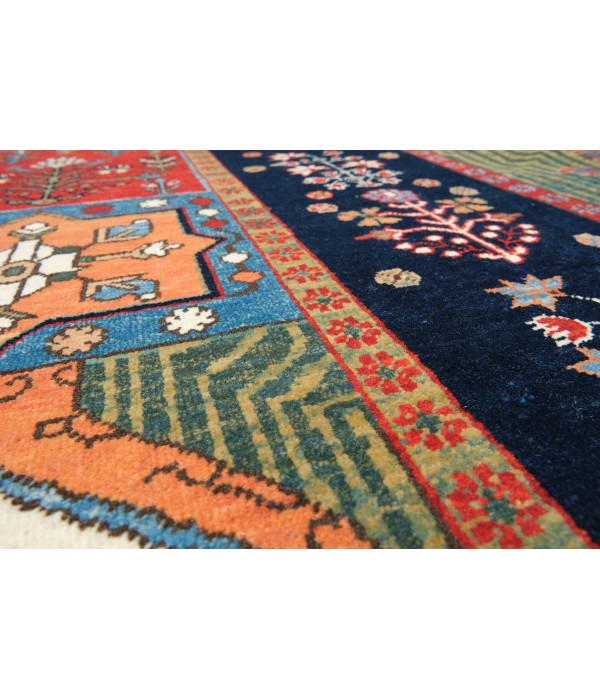

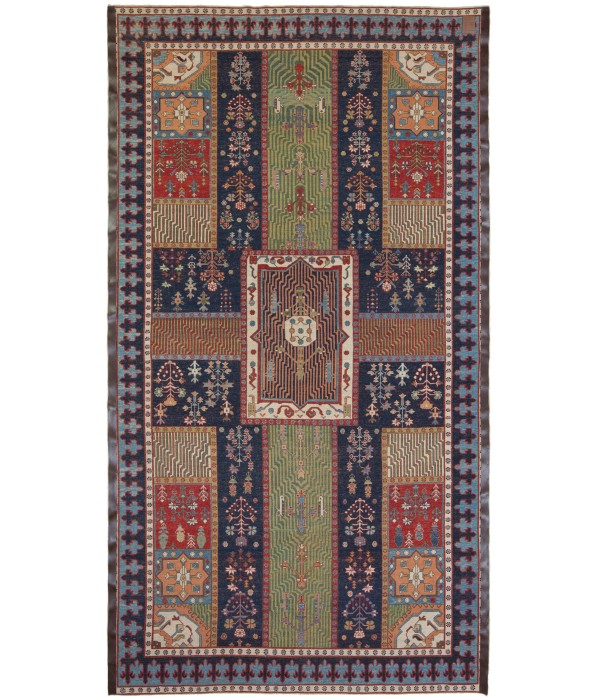
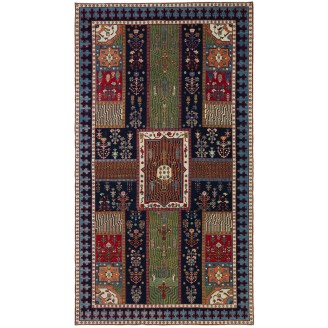
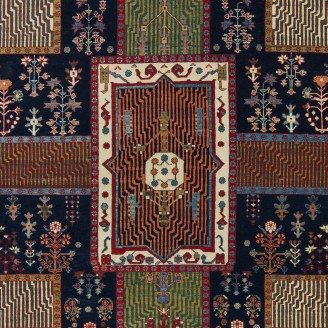
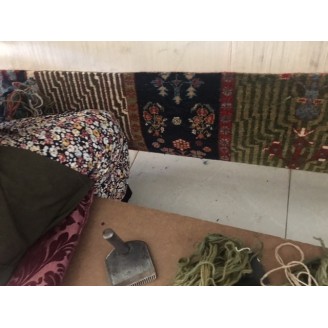
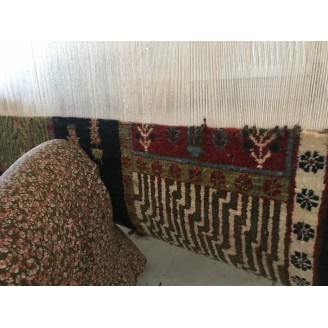
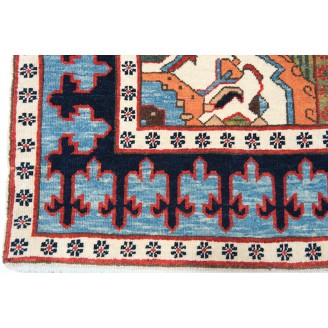
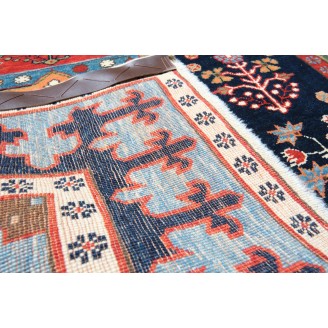
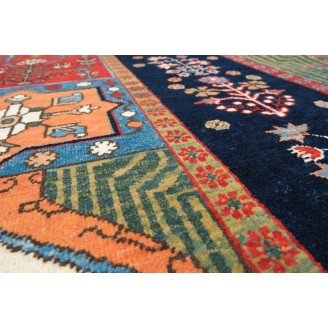
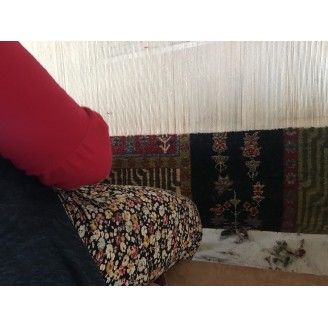
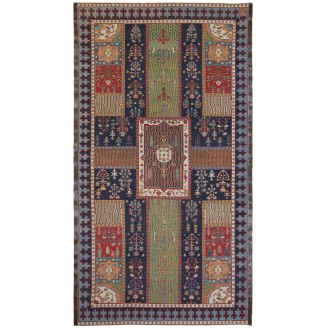
Model: ART00433Garden Rug
Group: Northwest Persia Rugs Family
Area: Garden
Material of Pile: Natural Dyed Hand-spun Wool
Material Warp / Weft: Wool on Wool
Structure: Symmetrical knot on depressed warp inclining to the right
Knots Density: 45x39
Pile (mm): 3
Production Place: Southeastern Anatolia – Adiyaman Province
Weight: 18.70kg
Location: Tokyo
Stock: In Stock
Dimensions:
The source of the rug comes from the book Islamic Carpets, Joseph V. McMullan, Near Eastern Art Research Center Inc., New York 1965 nr.28. This Persian Garden design rug belongs to the second half of 18th century in the Persia area. The design of this rug is based on the Formal Persian Garden. There is a central pool: the crossing of the two main watercourses containing fish and water plants. The bulk of the field is filled with delicate flowering shrubbery of several types, some of which could be identified. Near the corners are four, eight-pointed star shapes, which possibly represent pavilions, and adjacent to them are four square areas each bearing a flowering shrub on a somewhat larger scale than those shown in the field. The large garden carpets invariably show trees, springing usually from the central pavilion. The small scale of this rug apparently caused the weaver to omit the trees. The well-known reciprocal trefoil serves as a border motif. The other exact example is exhibited at The Metropolitan Museum of Art (MET Museum). The design of the rug is interpreted by our designers, and soft colors are chosen for this rug.
Color summary: 11 colors in total, most used 4 colors are;
Color summary: 11 colors in total, most used 4 colors are;
- Midnight Blue 347 (Spurge - Madder Root - Indigo)
- Imperial Red 415 (Madder Root)
- Natural Wool Color 320 (No Dye)
- Dusty Turquoise 340 (Spurge - Madder Root - Indigo - Walnut Husk)
Dimensions:
6 ft 2 in x 11 ft 1 in ( 190cm x 340cm )
Price:
$13,800
Ex Tax: $13,800

